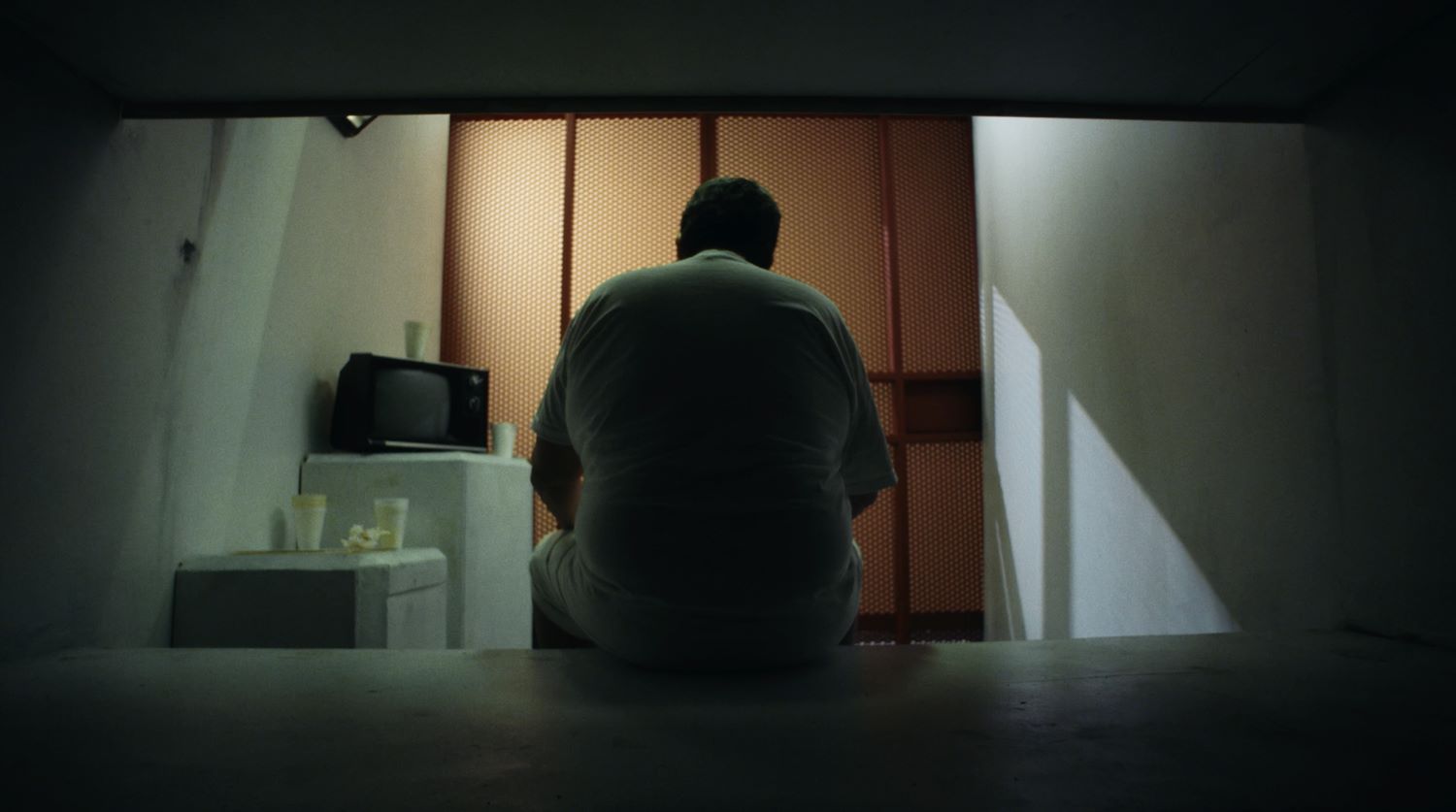Strike
(USA, 86 min.)
Dir. Joebil Muñoz & Lucas Guilkey
Program: The Art of Resistance
The American enthusiasm for punitive incarceration gets a hard look in Strike, about a successful hunger strike at California’s Pelican Bay State Prison, a story well-covered in the media, but not this closeup and personal. Directors Joebil Muñoz and Lucas Guilkey’s balanced film includes interviews with ex-inmates, a reporter on the corrections beat, a former warden and other state officials who describe an institutional correctional culture that had hardened into routine sadism.
It was at the end of 1989 when California Republican governor George Deukmeijian proudly announced the opening of the last word in correctional institutions, the state’s Pelican Bay Prison. Set in remote California near the Oregon border, it featured a Special Housing Unit (the SHU), with more than a thousand cells under 24-hour surveillance that prevented prisoners from any direct human contact. Some prisoners spent more than three decades in the 8 by 10-foot cells, with concrete shelves for beds, meals delivered through slots with remotely controlled doors that allowed inmates to shower or briefly exercise alone in 8 x 20-foot yards.
But, surely, these inmates were the worst of the worst? Not really. As a former warden explains, the decision to decide which prisoners qualified as extreme threats was highly arbitrary. The possession of Black Power literature or Aztec-themed symbols could put a man in the hole for life.
Strike skips ahead from the inauguration of the prison to 2011, when prisoners, despite their isolation, managed, through the mail system and communicating through toilet pipes, to organize a hunger strike. They were inspired by the Irish political prisoner, Bobby Sands, who starved himself to death in Belfast’s Maze Prison in 1981. The film doesn’t even offer Pelican Bay’s ugly early history, including a 1993 60 Minutes exposé on torture in the prison, a subsequent lawsuit that insisted on more prison oversight, and a previous 2002 hunger strike attempt.
The 2011 hunger strike, which reached the notice of the California legislature, the media, and human rights lawyers, brought the Department of Correctional and Rehabilitation Services to the bargaining table. Prison officials offered some immediate token concessions–winter hats, wall calendars–but failed to deliver on promised bigger reforms, including an end to using solitary confinement to compel inmates to incriminate each other.
Two years later, the prisoners went on strike again, this time for two months, culminating in several hospitalizations and one man’s death. Prisoners across the state and other parts of the world–including Palestinians in Israeli jails–joined in sympathy strike. A class action suit eventually forced changes, including a limit on solitary confinement to a maximum of five years. As the film notes, that’s still well beyond the United Nations 2015 Mandela rules, which considers solitary confinement beyond 15 days as a form of torture.
The strength of Strike comes from the first-person accounts that humanize the participants—both the prisoners who speak candidly about the psychological damage of prolonged seclusion, and the officials who describe how they attempted to improve a dysfunctional organizational culture. The film wraps on a somewhat forced celebratory notes, with one former inmate’s release and wedding, and another man’s contemplative walk on a beach, though viewers are reminded that many of the inmates’ demands remain unmet. Nor is there any indication of a change in a philosophy that sees prison as an opportunity for vengeful punishment, not rehabilitation or reform.













